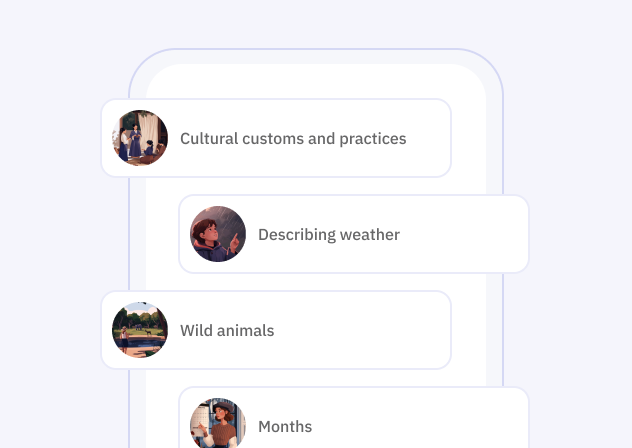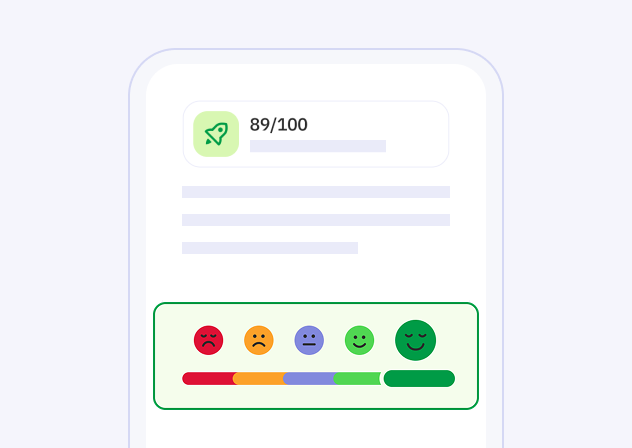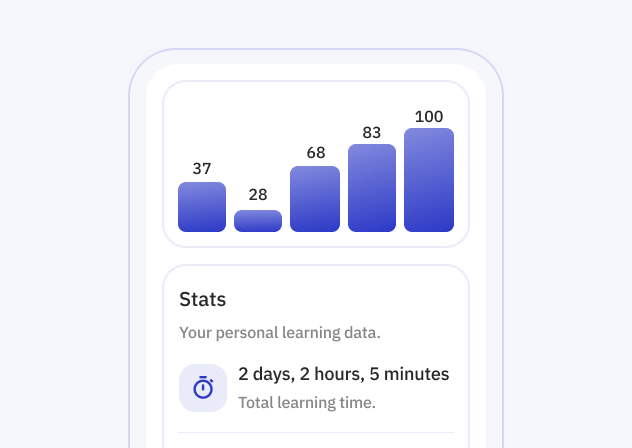Language Learning for Different Generations: A Comprehensive Guide to Tailor Your Approach
Language learning is a fascinating and rewarding journey that transcends age groups. While people across all generations embark on the mission to master a new language, the methods and styles required may vary significantly. Understanding these differences will help customize your approach, making your language learning adventure both exciting and effective—no matter your age. In this guide, we'll explore how different generations perceive language learning, examining strategies and resources best suited to each age group.

The most efficient way to learn a language
Try Talkpal for freeUnderstanding Generational Differences in Language Learning
People across various age groups have unique learning strengths, preferences, and motivations. Let’s explore these generational differences individually.
1. Baby Boomers (Born between 1946–1964)
For baby boomers, learning a new language might be driven by travel aspirations, cultural curiosity, or even reconnecting with ancestral roots.
Effective Strategies for Baby Boomers:
- Instructor-based face-to-face courses
- Comprehensive printed textbooks and written materials
- Community meetups and language exchanges
- Exploration and cultural experience through travel and immersion
Strengths:
- Patience, personal discipline, and commitment
- Rich life experiences to contextualize language learning
Challenges:
- Adaptation to digital platforms and technology
- Necessity for repetition and structured pacing due to memory retention challenges
Tips for Success:
- Combine traditional classroom settings with gentle digital engagement
- Regular short sessions to enhance consistent practice and retention
2. Generation X (Born between 1965–1980)
Generation X learners often seek professional and personal enrichment opportunities from language acquisition.
Effective Strategies for Generation X:
- Balanced approach: combining online resources, apps, and traditional learning methods
- Language learning oriented towards professional advancement
- Flexible, self-paced online lessons and coaching services
Strengths:
- Independent learning style; comfortable working self-guided
- Versatility and adaptability to varied teaching styles
Challenges:
- Balancing work-life responsibilities may limit available learning time
- Potential resistance to intensive app-based learning
Tips for Success:
- Develop manageable and consistent learning routines within busy schedules
- Incorporate languages into professional development goals for motivation
3. Millennials (Born between 1981–1996)
Millennials are typically highly engaged digital natives who integrate technology with ease into their daily lives.
Effective Strategies for Millennials:
- Utilization of mobile apps, online courses, interactive platforms
- Social learning, like online communities, forums, or social media
- Digital content like podcasts, videos, and gamified exercises
Strengths:
- Quick access and comfort with technology and digital platforms
- Emphasis on social connectivity, cultural exploration, and global thinking
Challenges:
- Risk of digital distractions and shorter attention spans
- Maintaining long-term commitment due to busy lifestyles
Tips for Success:
- Employ engaging multimedia formats for sustained interest
- Language immersion through digital environments like online meetups and language forums
4. Generation Z (Born 1997–2012)
Generation Z, having grown up in a globally-connected digital world, is already exposed to diverse cultures and several languages.
Effective Strategies for Generation Z:
- Gamified language learning technologies for higher engagement
- Social media-based learning platforms (Instagram, TikTok, YouTube)
- Microlearning, bite-sized practice sessions for frequent engagement
Strengths:
- Highly adaptable and comfortable with immersive, rapid learning contexts
- Naturally skilled at multitasking and learning simultaneously from various channels
Challenges:
- Limited attention spans necessitating frequent stimuli
- Need for clear goals and instant feedback loops to stay motivated
Tips for Success:
- Incorporate gamification and peer interaction for motivation
- Foster independent exploration with regular, fun, conversational practice
5. Generation Alpha (Born after 2012)
Generation Alpha is learning languages at an early age, thriving from educational innovation and intuitive tech environments.
Effective Strategies for Generation Alpha:
- Interactive apps designed specifically for children’s language acquisition
- Use of playful activities, educational animations, story databases
- Exposure through multilingual playdates, games, storytelling, and songs
Strengths:
- Fast language absorption due to early brain plasticity
- Highly intuitive with digital tools; language learning feels natural and fun
Challenges:
- Difficulty staying focused with extended, structured lessons
- Necessity for age-appropriate, safe educational content and supervision
Tips for Success:
- Prioritize short, interactive and visual-heavy activities
- Encourage immersive settings with multilingual interaction from early ages
Conclusion
Language learning isn’t one-size-fits-all. Each generation comes with distinct learning approaches, styles, and comforts. Identifying your generational characteristics and leveraging tailored strategies maximizes your ability to learn languages effectively and enjoyably. Embrace the appropriate methods and tools, and your generational language learning journey will flourish.
The most efficient way to learn a language
Try Talkpal for freeFrequently Asked Questions
Can older learners acquire language skills as effectively as younger learners?
Which technology resource is most effective across all age groups?
How can parents help Generation Alpha children learn languages effectively?
What is the main challenge Millennials and Generation Z face in language learning?
Are traditional classroom learning methods outdated in modern language education?
The talkpal difference

Immersive conversations
Each individual learns in a unique way. With Talkpal technology, we have the ability to examine how millions of people learn simultaneously and design the most efficient educational platforms, which can be customized for each student.

Real-time feedback
Receive immediate, personalized feedback and suggestions to accelerate your language mastery.

Personalization
Learn via methods tailored to your unique style and pace, ensuring a personalized and effective journey to fluency.







